
A panel of experts discuss JAK inhibitors and their potential impact on the management of atopic dermatitis.

A panel of experts discuss JAK inhibitors and their potential impact on the management of atopic dermatitis.

Joanna Lewis, PharmD, MBA, highlights data from Pharmacy Times®’ OTC Guide and discusses practical information on the selection of sunscreen to prevent skin damage and cancer.

Duration of therapy may be just 5 to 6 days for patients without risk factors for complications.
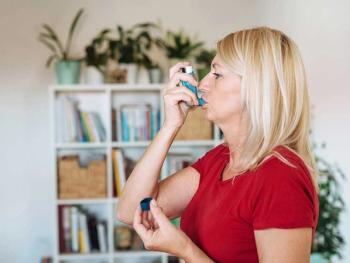
The study enrolled 214 patients, with 105 randomized to a risankizumab injection every 4 weeks over a 24-week period, while 109 patients received a placebo.
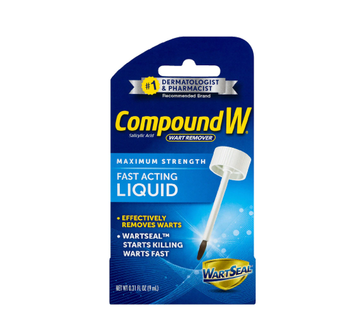
Compound W is used to help remove warts, corns, and calluses.

Ehlers-Danlos syndrome typically causes overly flexible joints and stretchy, fragile skin.
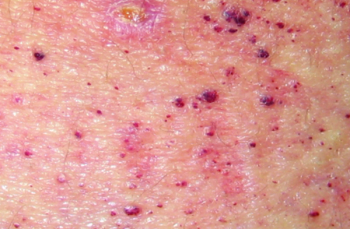
Symptoms of classic Fabry disease appear during childhood or the teenage years.
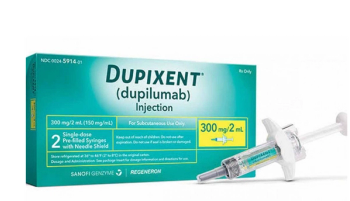
Dupilumab is indicated for the treatment of adult patients with moderate-to-severe atopic dermatitis whose disease is not adequately controlled with topical prescription therapies or when those therapies are not advisable.
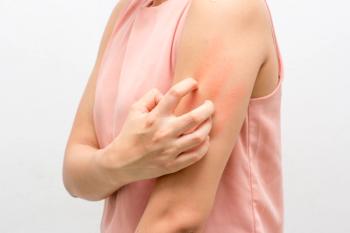
Tralokinumab is a high-affinity human monoclonal antibody that binds to and inhibits interleukin-13, a key driver of atopic dermatitis symptoms.

Prurigo nodularis has one of the highest quality of life impacts of any inflammatory skin disease with intense, chronic itch.

Jamie L. McConaha, PharmD, NCTTP, BCACP, CDE, focuses on the safety and efficacy of systemic agents used to treat atopic dermatitis.
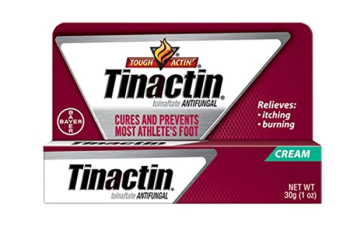
Tinactin is an effective medication for athlete's foot, ringworm, and jock itch.
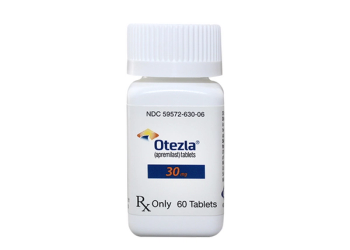
Apremilast is indicated for the treatment of psoriatic arthritis, plaque psoriasis, and oral ulcers associated with Behçet disease.
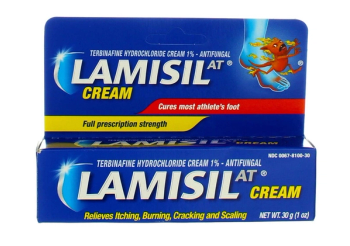
Lamisil treats a variety of fungal skin infections, such as ringworm, athlete's foot, and jock itch.

Kristen Demundo, PharmD, addresses the safety and efficacy of some topical agents used as therapy options for atopic dermatitis.
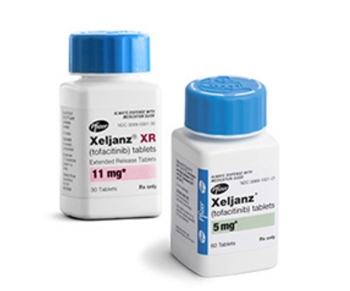
Xeljanz can be used for rheumatoid arthritis, psoriatic arthritis, ulcerative colitis, and polyarticular course juvenile idiopathic arthritis.
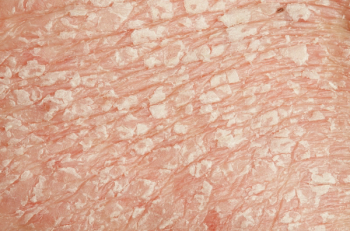
Risankizumab-rzaa treats moderate-to-severe plaque psoriasis in adults who are candidates for systemic therapy or phototherapy.
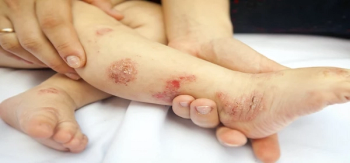
Mark Becker, the CEO of Vivacare, discusses how health care professionals can counsel patients on eczema treatment and care so they can help to deter patients from googling their symptoms and developing what can be termed “medical anxiety.”
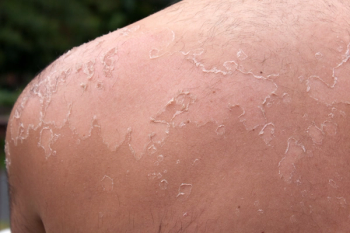
Actinic keratosis develops from years of sun exposure and usually first appears in people over 40 years of age.

Peter Lio, MD, discusses patient factors to consider before deciding on a treatment strategy for atopic dermatitis.

Jamie L. McConaha, PharmD, NCTTP, BCACP, CDE, provides an overview of atopic dermatitis.

In a Pharmacy Times® interview, Jessica Hui, a researcher and pediatric allergist at National Jewish Health, discussed how increased hand hygiene may be harming the hands of healthcare workers.
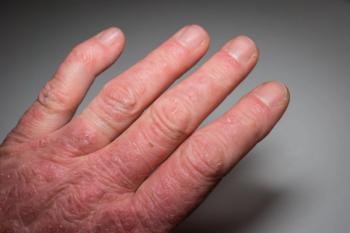
The main factors behind the vaccine hesitancy are the potential adverse effects post-vaccination and effect on their autoimmune conditions, as well as lack of trial data, an analysis shows.
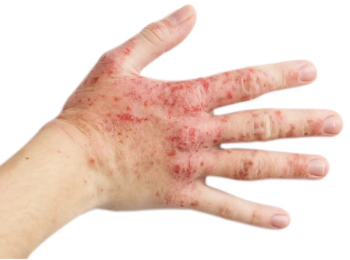
In clinical trials, the majority of patients with atopic dermatitis treated with ruxolitinib had clear or almost clear skin.
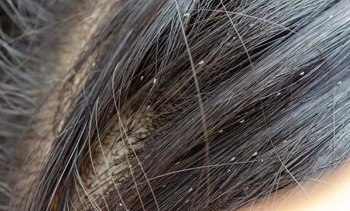
Treatment options for head live include Permethrin (Nix) and Pyrethrin (Rid) as OTC options and prescription medicines such as Ivermectin (Sklice), Spinosad (Natroba), and Malathion.